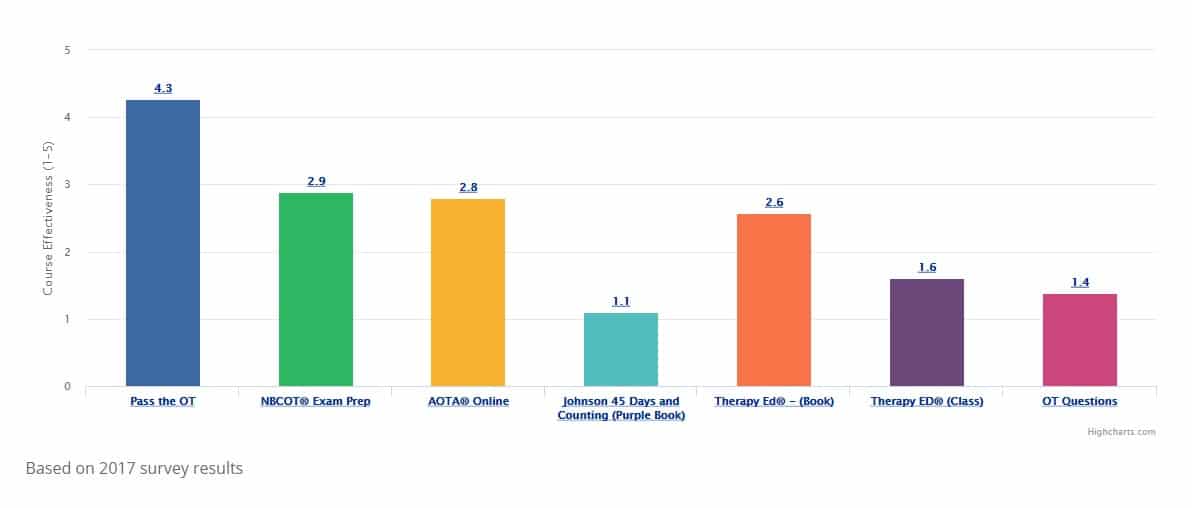Rancho Los Amigos Levels of Cognitive Functioning
This scale was developed in 1972 by Chris Hagen, PhD, Danese Malkmus, M.A. and Patricia Durham, M.A. of the Communications Disorders Services Department of Rancho Los Amigos National Rehabilitation Center in Downey, California. The scale was revised in 1974 by Danese Malkmus, M.A. and Kathryn Stenderup, O.T.R. and again in 1997 by Chris Hagen, PhD.
| Level/ Description | Amount of Assistance | Behaviors and Abilities | Examples | Occupational Therapy Treatment | Video Links |
|---|---|---|---|---|---|
| I – No Response | Total Assistance | No observable change in behavior when presented with any kind of stimuli. | A car accident victim lies in a coma with no response. | -Passive range of motion -Splinting and positioning to manage contractures -Sensory stimulation |
Demonstration of Level I |
| II – Generalized Response | Total Assistance | -Generalized reflex responses to pain -Generalized activity responses to sound or other external stimuli -Responses may be delayed and may be the same regardless of stimuli |
A woman with end stage Alzheimer’s Disease flinches when given an injection. | -Passive range of motion -Splinting and positioning to manage contractures -Sensory stimulation |
Demonstration of Level II |
| III – Localized Response | Total Assistance | -Reacts to pain by withdrawing or moaning -Blinks at strong light and follows moving objects -Turns toward sound -May pull at tubes or restraints -May respond to simple commands -May respond to family or friends but not other people |
A child who was the victim of a near drowning accident smiles and moves when he hears his mother’s voice. | -Passive range of motion -Sensory stimulation -Visual and auditory tracking activities -Adaptations for safety and restraint reduction |
Demonstration of Level III |
| IV – Confused/Agitated | Maximal Assistance | -Alert -Heightened state of activity, may move constantly, movements not purposeful -Crying out or screaming in reaction to stimuli, out of proportion to stimuli -May run away or become aggressive -Extreme mood swings with no relation to environment -No short term memory -Unable to cooperate with treatment -Verbalizations usually incoherent or inappropriate |
A teenager with severe autism hits his caregiver during bathing. | -Active or active assistive range of motion as person will tolerate -Simple reaching activities -Simple cognitive activities such as picture or object identification -Participate in simple activities of daily living with assistance, i.e. washing face, brushing hair, self feeding |
Demonstration of Level IV |





